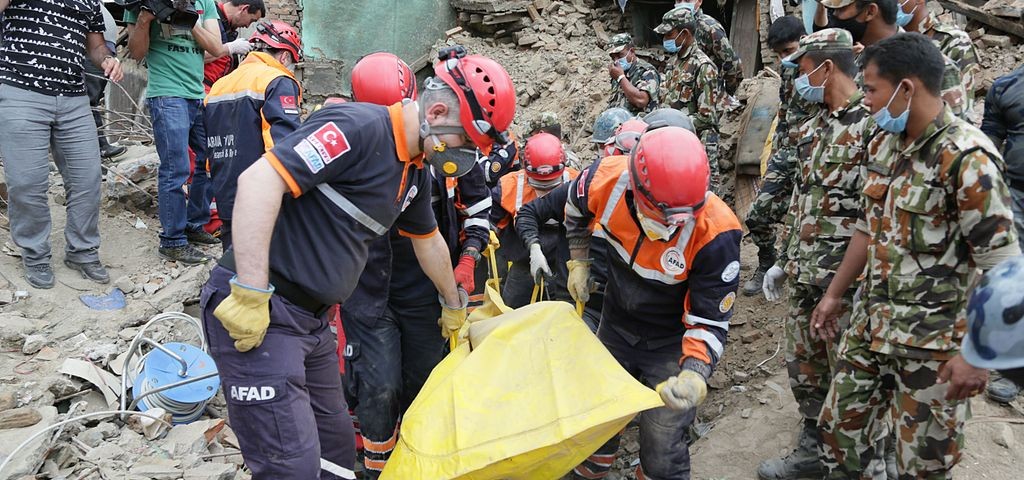Almost one week on from the magnitude 7.8 earthquake that rocked Nepal, the effort to rescue, relieve and shelter people across the nation continues.
Most recently, news that people have been found alive in the rubble of fallen buildings as recently as the past 24 hours gives hope that more lives may be saved. Yet we also know there are many families – local and abroad – waiting for what may turn out to be devastating news.
I wrote a piece earlier this week that garnered some mixed reactions. While I don’t feel it necessary to apologise for the inflammatory tone of some of the language used, I would however like to underscore my reasons for writing the piece: in a crisis like this, it’s important to maintain a sense of perspective so as to be helpful to the people in need.
In the media storm that has swirled out of this disaster, I feel this sentiment has been justified. Article after article has been published, speaking of the plight of the Nepalese people and calling for assistance. Unfortunately, while very emotive and well-constructed in their ability to tug at the strings of our hearts and purses, many of these articles seem to contradict one another. Here, we read of the need for donations, while over here we’re told physical goods aren’t very useful. One person blogs of the lack of able people on the ground with the skills and motivation to assist, while another strongly recommends against flying off to render such assistance available.
In all of this, no doubt there are many people making rash decisions when it comes to helping the relief efforts in Nepal. With all the various advice and recommendations it becomes difficult to discern what the best course of action is. This problem is made worse if people are confused to the point of inactivity, because then nothing is accomplished.
My article also asked people to consider the fact that Nepal was ripe for this kind of disaster, and other articles since have echoed this sentiment strongly. Putting aside conjecture about our ability to predict earthquakes in an earthquake-prone land; here is a nation that, insofar as its education, health and emergency response systems are concerned, has been advanced little by the increasing waves of tourists to arrive on its high slopes in the past five or more decades.
In making a decision to assist the relief effort in Nepal, perhaps we can consider not only how best to donate or physically help this country as far as our own situation will allow, but also how we can continue to do so long after the media storm blows over. Even if we all work collectively to the point of returning Kathmandu Valley and neighbouring communities to a equivalent state to how they were before the earthquake, then we have failed to really help at all. Let’s all work to make things better than they were before.
For a useful guide on how to donate, I suggest reviewing this piece from The Guardian. However, I would also add that several of the non-profits it lists still take a percentage of fees to pay management costs. For a surefire, local organisation that guarantees all donations go to beneficiaries in full, you should also consider World Expeditions Foundation. Not only have they recently set up a specific fund for donations to Nepal, they can also facilitate skilled and unskilled volunteers to visit and help. They have been working in this way for some time and will continue to do so in the months and years to come.


